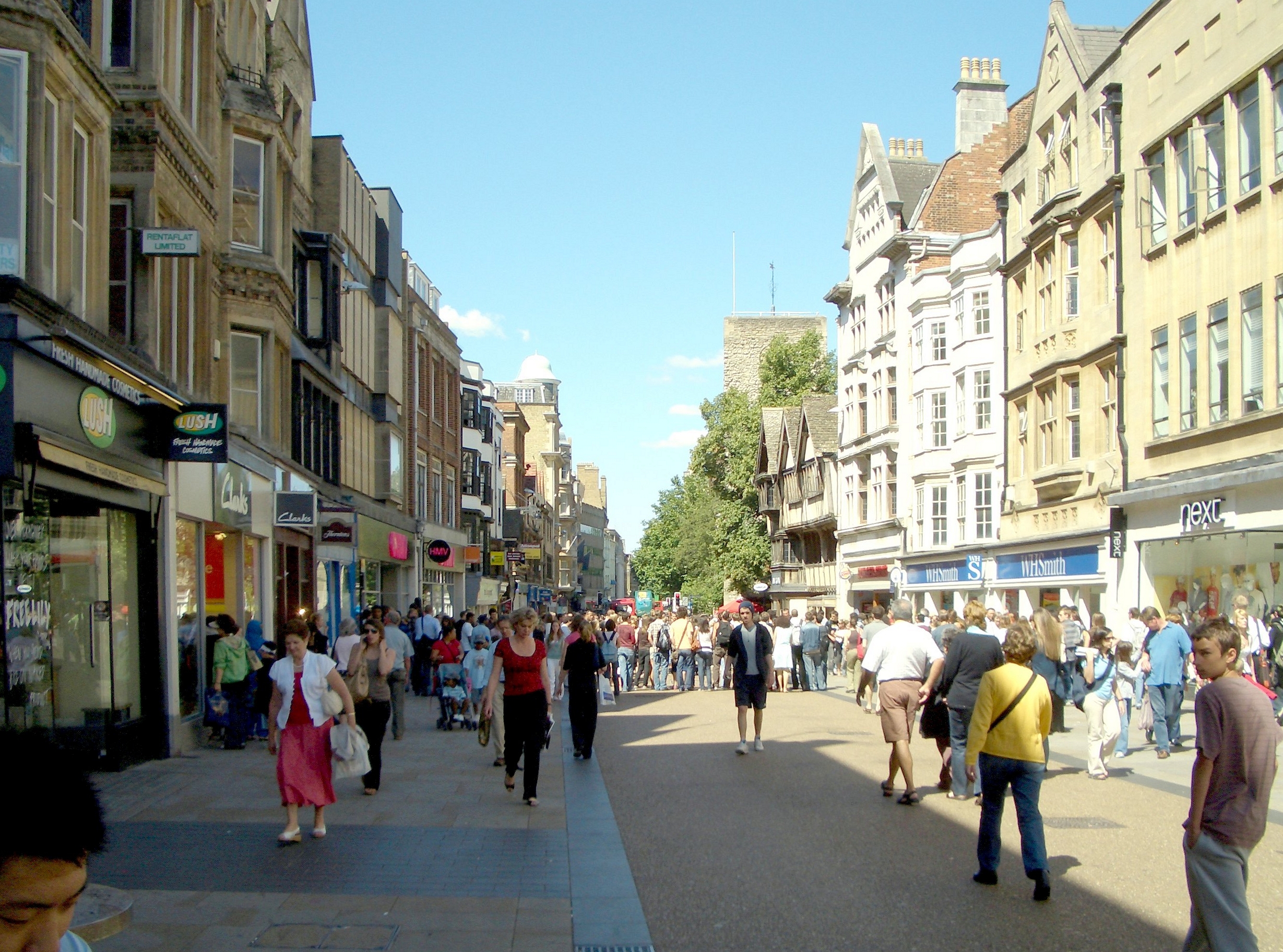Hey all,
For my podcast, I did a session of freewriting to samples of different types of music (classical, noise, street drumming, etc). When the session ends, the students are meant to write about what music they thought worked well, what didn’t, and how this could be useful. During the freewrite, they are supposed to just write whatever comes to mind without worrying about spelling, grammar, etc. It’s aimed at middle school students but would probably work with all ages. Unfortunately my old computer has an overactive fan, and noise removal of so much sound made my voice sound robotic, so the sound’s a bit off.

